The rabbit of Easter. He bring of the chocolate.
―David Sedaris, ‘Me Talk Pretty One Day’
Whether Easter is a religious day for you or no, the theme of hope— resurrection and soul cleansing intersecting with the emergence of spring— cannot be denied.
I find it obnoxious that this day, with all its beautiful natural symbolism, has become yet another opportunity to sell us wasteful trappings: the plastic braided baskets, full of artificially flavored and colored candies individually wrapped in plastic, nestled into annoying plastic “grass.” Plastic eggs, encased in plastic packaging, intended to be thrown away and rebought each year. Cheap toys and poorly made stuffed animals. Even the real eggs are co-opted; there are as many kits out there now offering stickers and bedazzling jewels and plastic wrap thingies to decorate them as there are the standard dye kits.
I’d like to gently suggest that we especially try to tread lightly, when preparing for this day that celebrates new life.
Easy Tips for an Eco Easter
The Basket:
Go reusable. I’m willing to bet you’ve got half a dozen wicker baskets in your house already; just tie a cheery ribbon around the handle and you’re all set. Or think outside the basket! I bought the kids these adorb pails a decade ago and only bring them out for the big day.
The Grass:
Does anyone actually still buy that horrible staticky plastic grass? I’m hoping not, but just in case here are some alternatives:
- run some tissue paper (you hang on to that from Christmas & birthdays, right?) through the shredder. Construction paper works too; bonus points if it’s been already drawn on and being reused.
- A cute t-shirt is both practical and cushion-y.
- You’re also hanging on to your packing materials, right? Styrofoam peanuts can be reused, but bubble wrap doubles as an Easter morning gift. Show me a kid that doesn’t love love popping bubble wrap. Go ahead, I dare you.
- Why not line the bottom of your basket with potting soil and grow some real grass in there? Or something else quick-sprouting; mixed greens, maybe? Or fill with a flat of wheatgrass, lemon grass or catnip.
The Candy:
Quality over quantity! I’m all for letting the kids eat the heck out of the Easter candy on Easter Day (and only Easter Day), so I prefer not to give them too much of it anyway.
- Go fair trade with chocolate if you can.
- YummyEarth makes delicious organic and natural candies.
- Endangered Species Chocolate bars and bites are fair trade, made with shade grown cacao and natural ingredients, and 10% of net profits are donated to the Rainforest Trust and Wildlife Conservation Network with a minimum annual donation of $10,000. It’s sold at Target and online.
- Throw some homemade treats in there, or these incredibly awesome “surprise” eggs:
The Egg Hunt:
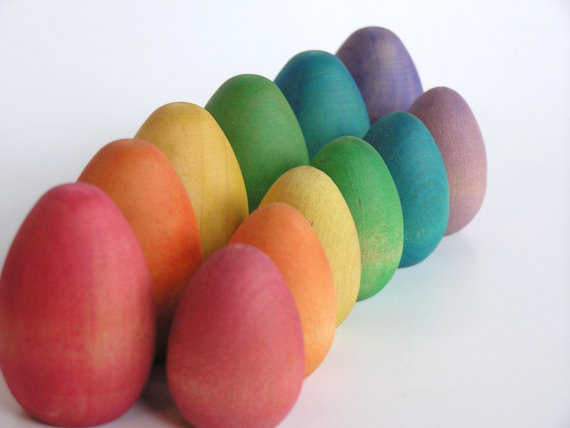 If you must buy the plastic eggs, resolve to put them away in a box clearly labeled EASTER so you can reuse them for years to come.
If you must buy the plastic eggs, resolve to put them away in a box clearly labeled EASTER so you can reuse them for years to come.- Even better, buy these biodegradable eggs made from corn starch instead of petroleum-based polymers and use them year after year.
- Even better than that: I love these wooden eggs (pictured, available here), dyed with all natural non toxic soy paints and sealed with olive oil and beeswax polish.
- Or even better than THAT, hide dyed eggs. Just make sure you don’t hide them anywhere pesticides have been used; I wouldn’t eat them after exposure.
Speaking of Dyed Eggs:
Yes, the kits you can buy at the store are non-toxic now. But—
- you’ll get more vibrant colors with food coloring, which you probably already have in your pantry.
- This kit uses dyes made from natural and organic fruit, plant and vegetable extracts from annatto seed, curcumin, purple sweet potato and red cabbage.
- Or, have some fun whipping up your own natural dye concoctions! In the past we’ve tried coffee, blueberries, red cabbage, tumeric, paprika, beets, onion skins (red and yellow), and frozen raspberries, with varying degrees of success. Kids love playing mad scientist; try anything that’ll stain your lips, fingertips or napkins. Just boil your base in water (the longer the better), add vinegar, and pour over your egg. The longer it sits, the more intense the color.
The Gifts:
For the kids: skip the cheap stuffies and plastic dollar store toys. Try items that will be used beyond the holiday season, like my list of the best 5 toys for creative outdoor play, or non-toxic art materials. (Might I suggest these paper dolls outfitted with the Great Fashion Designs of the Nineties? Oh em GEE)
For the adults: Confession— I really dislike traditional Easter flowers like hyacinths and lilies, I find their scent cloying. Rather than just suggest finding organic spring bulbs, I’d like to steer you towards the idea of a starter kit for herbs, or an air-purifying hardy indoor plant. It goes without saying that the best gifts don’t come from a gas station with a spray painted sign reading EASTER FLOWERS.
Give a Flock:
Every year I read stories imploring people not to buy baby chicks or bunnies for their kids at Easter. Is this really a thing? I’m not going to tell you not to buy chicks. In fact, I suggest you buy a dozen and send them to me.
Or, you could buy a symbolic donation of a flock of chicks to a family in a poor country through Heifer International. The eggs are a source of sustenance, and a source of income. Heifer offers training to help the family to learn how to run their own business; once that family’s business is off and running, they then pay it forward (eggs and training) to another family in need.
This is so in line with the Easter themes of rebirth and renewal and hope. It makes my heart glad.
That’s all I’ve got 
Any more ideas on how to make Easter a little more “green?”
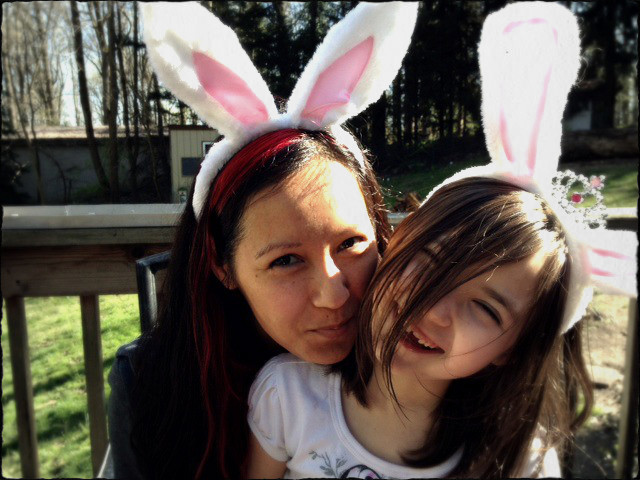
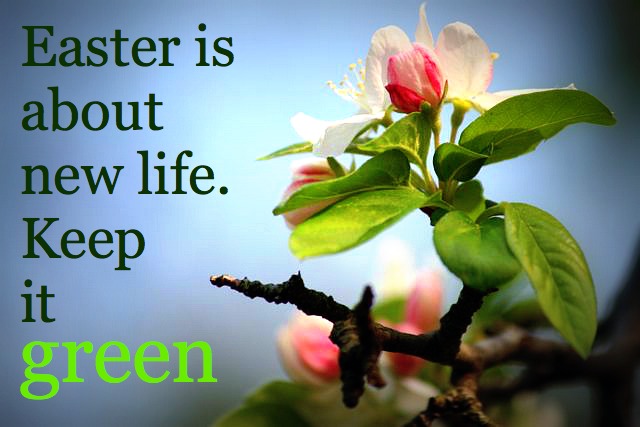
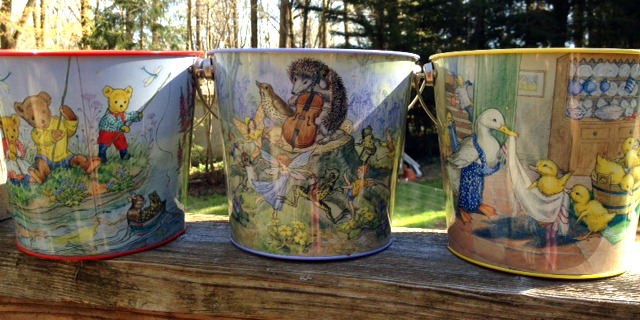
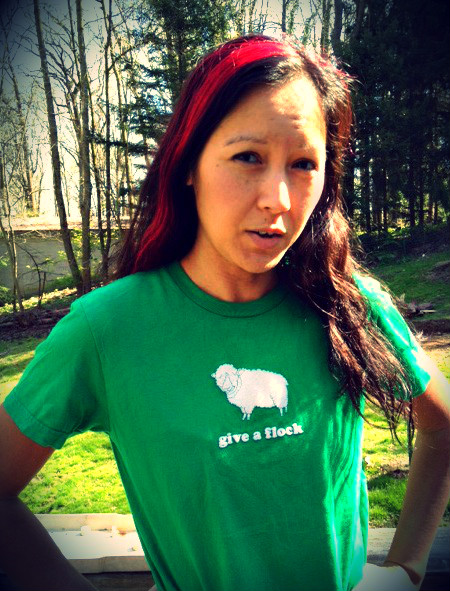
Leave a Reply